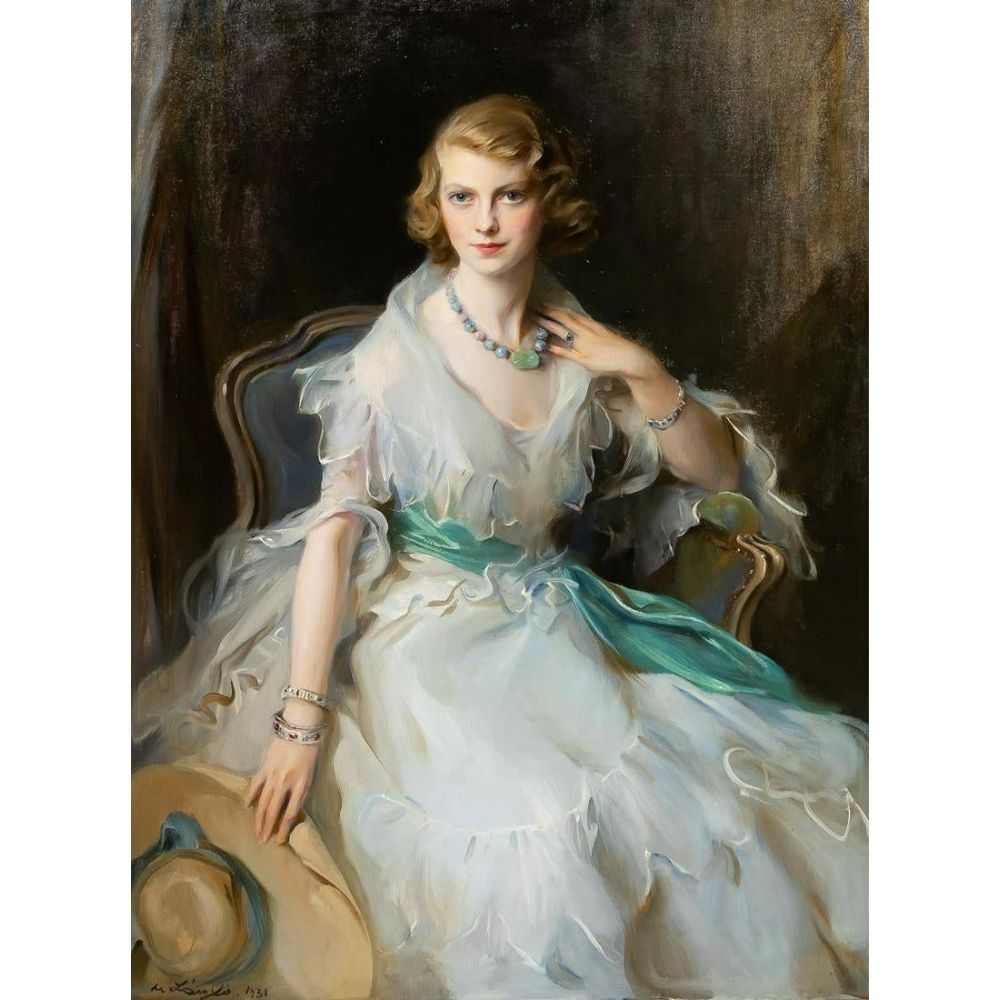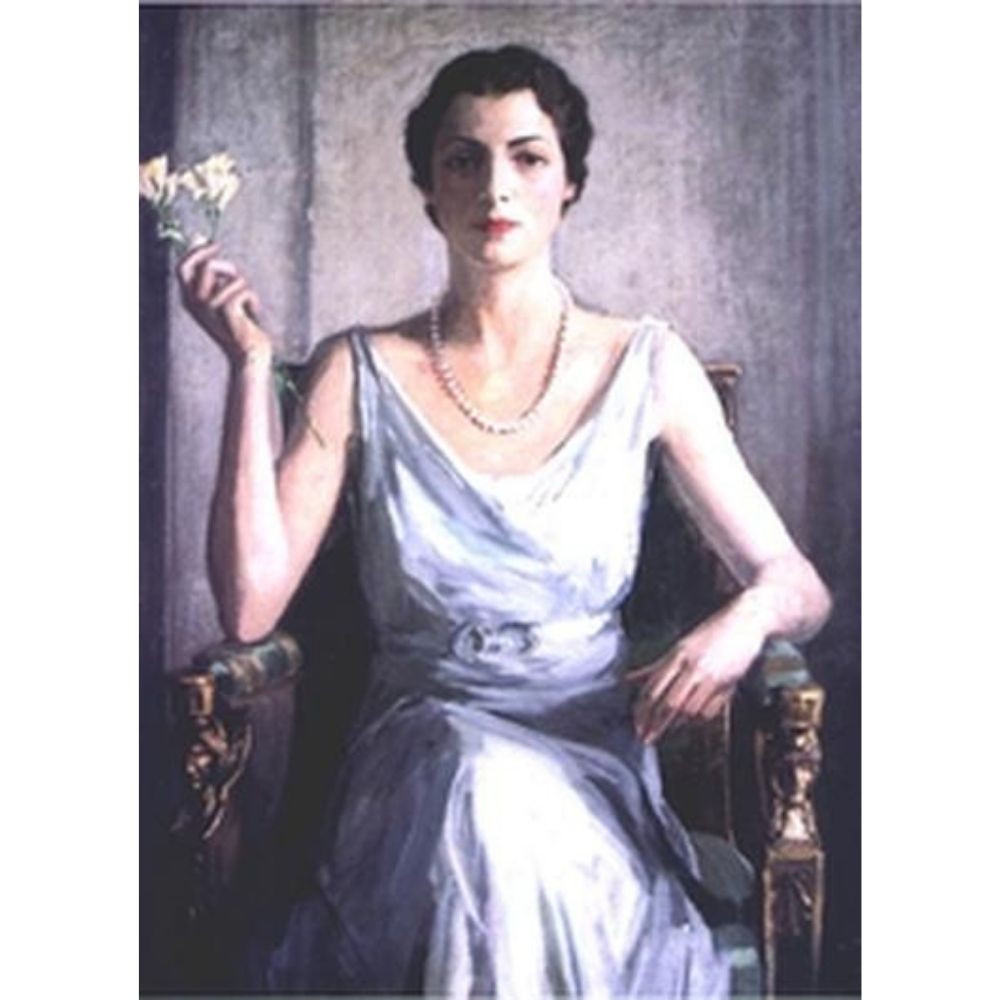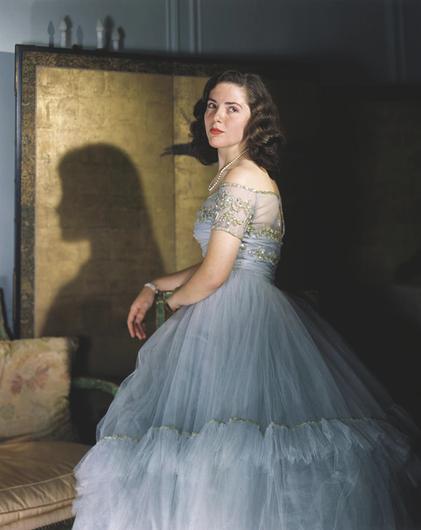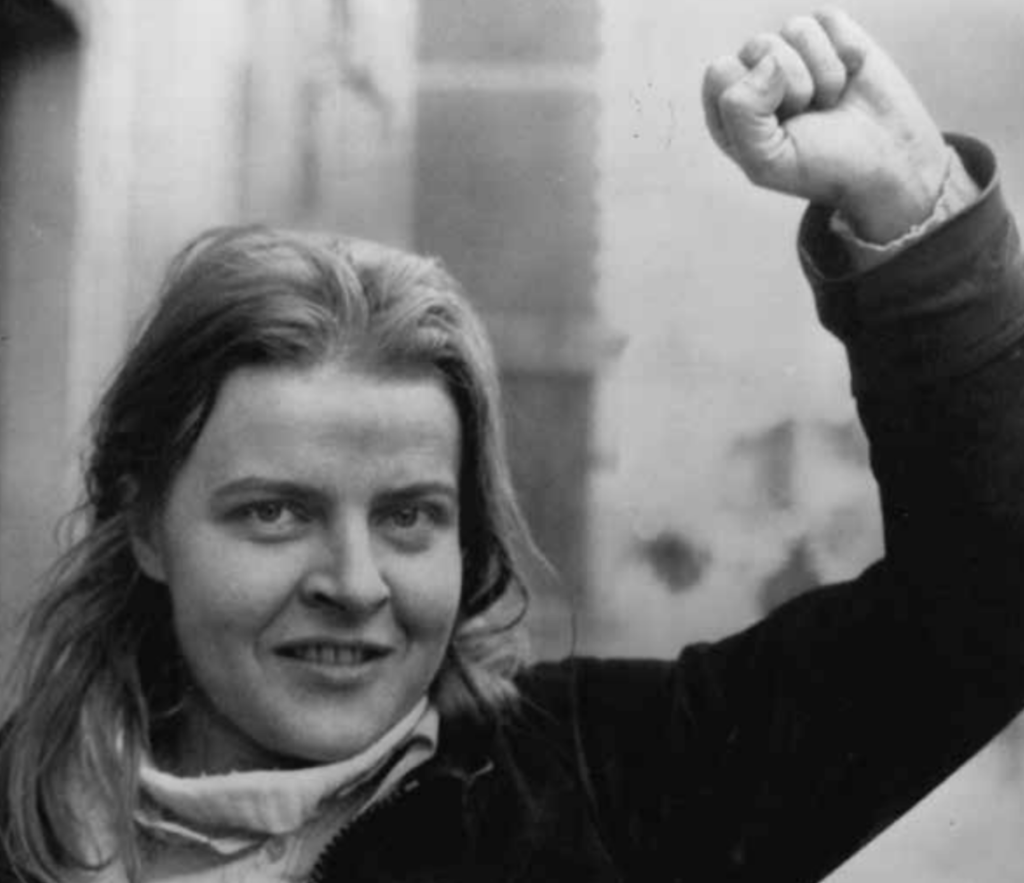The lives of Irish heiresses is a subject of curiosity. How did they fill their days when blessed with the advantages of money, status and titles? Well, with philanthropy, poetry – and paramilitary politics, as Rose Mary Roche reveals …
The recent publication of the book Heiresses – The Lives of the Million Dollar Babies by Laura Thompson, (which probes the lives of famous US heiresses, Patricia Hearst, Barbara Hutton and Doris Duke) makes the lives of our own Irish heiresses a subject of curiosity. How did they fill their days when blessed with the advantages of money, status and titles?
The clichéd epitaph, Poor Little Rich Girl, might be jaded but there is a truism at its heart. Being a wealthy woman with a public profile, you are the subject of endless speculation and public prurience about your love-life, facelifts, shopping habits and latest divorce. Wealth and privilege can also be a passport to self-indulgence and bad behaviour. Irish heiresses are a diverse coterie whose passions have spanned everything from philanthropy to poetry to paramilitary politics. Some were defined by their privilege and social position while others rebelled furiously against it.

Oonagh Guinness.
Aileen, Maureen and Oonagh Guinness – society darlings of the ’20s and ‘30s, aka the “Golden Guinness Girls” were archetypal heiresses. They enjoyed abundant wealth as scions of the brewing dynasty, (their father Ernest settled £100,000 on each of them prior to his death in 1949 and they were beneficiaries of the family trust) but their lives were also restricted. For the three sisters, “good” marriages, motherhood and the role of chatelaine of a grand house was expected to be the sum total of their ambition. The sisters had eight marriages and five divorces between them, as well as multiple glamorous homes: Maureen at Clandeboye Estate, Co Down, Aileen at Luttrellstown Castle, Co Dublin and Oonagh at Luggalla, Co Wicklow. They led a charmed existence but were seemingly largely indifferent to wider political and economic issues such as the Great Crash and women’s emancipation. Extreme wealth cushioned them not only from hardship, but also alienated them from wider society. The trio led lives of gilded privilege and brittle glamour but lacked the motivation to achieve beyond their roles as socialites.

An heiress who did cultivate her talent, was Sheila Wingfield an aristocratic heiress, poetess and enfant terrible with a drug and booze addiction who was the wife of Mervyn Patrick Wingfield, the ninth Viscount Powerscourt. A darker character than the Guinness heiresses, she concealed her Jewish ancestry and had a lifelong addiction to cocaine and morphine. She travelled with 30 suitcases and diverted boredom with shopping trips to Dublin in her private Rolls Royce ambulance. When she divorced her husband, he was forced to sell the Powerscourt estate as her money had kept it solvent. A talented writer who pursued her career despite her husband’s opposition, she produced eight collections of verse and three memoirs of Irish life. Her childhood home, Bellair House, a Georgian manor with 40 acres in Co Offaly, is currently for sale for €5 million.

Anne Bullitt was a wealthy US socialite who used her wealth to establish herself in the equine world in Ireland. She was Ireland’s first woman to get a trainer’s licence, (with 110 winners between 1958 and 1964) and later a successful breeder. Chatelaine of the palatial Palmerstown House and an ex-model, she amassed a couture collection including Balenciaga, Sybil Connolly and Yves St Laurent. Bullitt’s early childhood was peripatetic and lonely, after her father, diplomat William Christian Bullitt Jr., gained sole custody of her after a bitter divorce. She spent her life making up for that sadness – for her third wedding to Irishman Roderic More O’Farrell, she bought herself a 100-carat diamond necklace from Cartier. An independent lady, she defied her financial advisers to sell Palmerstown to Jim Mansfield for IR£10 million when they had already agreed to sell it to an adjoining estate for IR£8.2 million. She died in 2007 in a clinic in Co Dublin alone and largely forgotten despite once being a fixture of the society pages.

While many heiresses have been glamorous, self-absorbed socialites, others have been socialists motivated by causes outside their class. The most noteworthy of these was the remarkable Countess Markievicz – Anglo-Irish artist, feminist, revolutionary, politician, government minister and socialist who renounced her Protestant ascendancy origins to fight for an independent Ireland. She manned the Dublin soup kitchens during the 1913 Lockout, was a member of Sinn Féin and Inghinidhe na hEireann and was the first Irish female MP (1918), TD and Minister for Labour. She actively participated in the 1916 Rising and converted to Catholicism in its wake. Despite her privileged origins she died in the public ward of Sir Patrick Dun’s hospital in 1927. 100,000 people filed past her coffin in the Rotunda, a mark of the respect and affection she enjoyed in Dublin, particularly amongst the poor.
Another remarkable heiress was Ellen Odette Cuffe, Lady Desart of Kilkenny (née Bischoffsheim), the daughter of an extremely wealthy Jewish banker (who founded Deutsche Bank, Paribas and Societé Générale). A Londoner, she married into Irish society with her union to William Cuffe, the 4th Earl of Desart, and after his death she dedicated herself to philanthropy, founding the Kilkenny Library, Aut Even Hospital, the Kilkenny Woollen Mill, Kilkenny Theatre and the model (worker’s) village of Talbot’s Inch. Despite being English, she was also an active member and later President of the Gaelic League. Lady Desart was appointed to Seanad Éireann in 1922 and was the first Jewish person to serve as an Irish Senator. Today as recognition of her contribution to her adopted city, a Kilkenny bridge is named in her honour.

The most rebellious heiress with an Irish connection alive now remains Rose Dugdale, the debutante and later Oxford PhD who became a paramilitary supporter. Born into extreme wealth (her father was a Lloyd’s name), she rejected it to devote herself to Irish republicanism and socialism. She became a militant republican sympathiser and masterminded the theft of 18 immensely valuable paintings (including a Goya, a Rubens and a Vermeer) from the Beits at Russborough House in 1974. Her pedigree combined with her revolutionary anti-capitalist politics and criminal career made her an obsession for the international media where she was often compared to Patty Hearst. She had a relationship and a son with IRA activist Eddie Gallagher, whom she married while serving a prison sentence for the Beit theft. Today aged 81 she maintains a low profile, but will always be known as the maverick aristo who planned and executed a major art heist.
All these women show that while you may start life as an heiress with distinct conservative expectations, how you live that life remans your choice and not a pre-ordained certainty. What an heiress could and should do is never written in stone, especially in an Irish context.
LOVETHEGLOSS.IE?
Sign up to our MAILING LIST now for a roundup of the latest fashion, beauty, interiors and entertaining news from THE GLOSS MAGAZINE’s daily dispatches.






